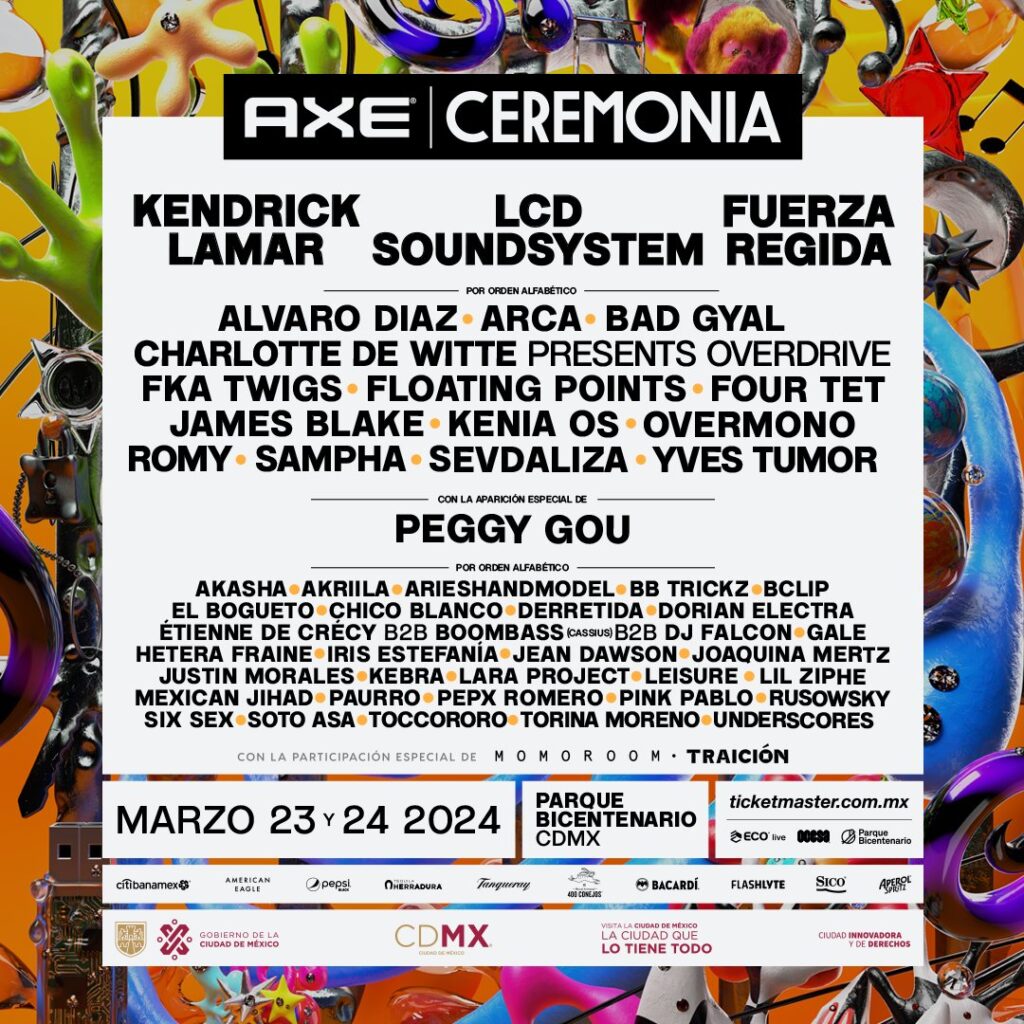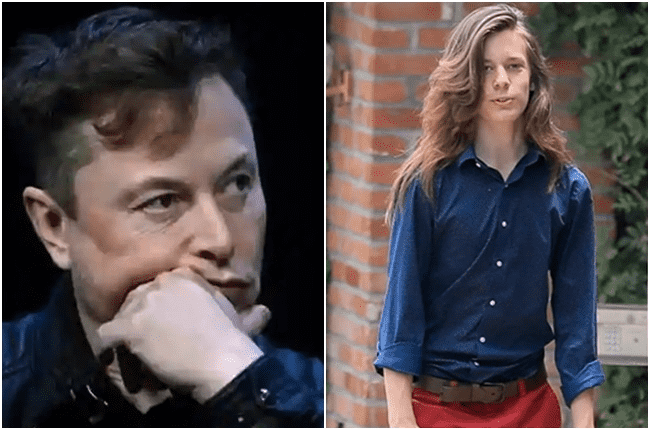Electric Nissan Primera: Fact Or Fiction?

Table of Contents
The Nissan Primera's Legacy and Potential for Electrification
The Nissan Primera, produced across several generations from 1990 to 2007, enjoyed considerable success, praised for its blend of comfort, reliability, and practicality. Its relatively spacious design and robust chassis make it a potentially suitable candidate for electric vehicle conversion. The availability of various Primera models also means there's a range of options for potential conversion projects.
- Engine Bay Space: The engine bay of a Nissan Primera offers sufficient space to accommodate a modern electric motor and battery pack, a crucial factor in a successful EV conversion.
- Adaptable Design: The Primera’s design lends itself reasonably well to integrating modern EV aesthetics, allowing for a seamless transition from a combustion engine to an electric powertrain. This is particularly true for later models.
- Aftermarket Support: While not as extensive as for some more popular classic car models, a dedicated community of Nissan Primera enthusiasts and modification specialists exists, offering potential support for those undertaking an EV conversion.
The Challenges of Converting a Nissan Primera to Electric
Converting a Nissan Primera to electric power isn't without its hurdles. The process presents several technical and logistical challenges, primarily concerning the integration of modern EV technology into a much older platform.
- Battery Integration: Finding a suitable battery pack that fits within the available space without compromising the car's handling or structural integrity is a significant challenge. The weight of the battery pack will also need careful consideration.
- Motor Selection: Choosing the right electric motor to provide adequate performance while staying within the weight and space constraints of the Primera requires careful planning and technical expertise.
- Charging System: Integrating a modern charging system, compatible with various charging stations and home charging solutions, is crucial for convenience and practicality.
- Cost Implications: The overall cost of an EV conversion can be substantial, depending on the components chosen, the complexity of the project, and the level of customization required. This includes the cost of the conversion kit, labor, and any necessary modifications to the vehicle's chassis and electrical system.
- Regulatory Compliance: Road-legalizing a converted vehicle requires careful attention to local regulations concerning vehicle modifications and safety standards. This often involves thorough inspection and certification.
Examples of Existing Electric Car Conversions (Similar Vehicles)
Numerous examples of successful electric car conversions of similar-sized and aged vehicles demonstrate the feasibility of converting a Nissan Primera to electric power. Several companies specialize in classic car electric conversions, showcasing their expertise in overcoming similar technical challenges.
- Case Studies: Searching online for "classic car EV conversion" reveals numerous successful projects. These case studies offer valuable insights into the process, showcasing both the challenges and the impressive results.
- Specialized Conversion Companies: Many companies now specialize in electric vehicle conversions, offering expertise and pre-built kits for a variety of classic car models. Researching these companies can provide guidance and support for undertaking a similar project. (Include links to relevant companies here if possible).
The Future of Electric Classic Cars: Is it a Viable Trend?
Converting classic cars to electric power is a growing trend, driven by environmental concerns and the desire to preserve these vehicles for future generations while reducing their carbon footprint.
- Environmental Benefits: Electrifying classic cars significantly reduces their emissions, contributing to cleaner air and a smaller carbon footprint. This is a significant benefit for the environment.
- Economic Advantages: The growing demand for environmentally friendly transportation creates economic opportunities for specialized conversion businesses. This growing market presents a promising future.
- Preserving Automotive Heritage: Converting classic cars to electric allows enthusiasts to preserve and enjoy these vehicles while embracing modern, sustainable technology.
Conclusion
While a factory-produced Electric Nissan Primera remains a fictional dream for now, the possibility of converting a classic Primera into an EV is becoming increasingly realistic. While significant challenges exist, from the cost and technical complexities of the conversion to navigating regulatory hurdles, the potential rewards – environmental benefits, the preservation of a beloved vehicle, and a unique driving experience – are substantial. Are you ready to explore the exciting world of electric classic car conversions and consider making your own Electric Nissan Primera a reality? Research EV conversion kits and specialized mechanics to begin your journey today!

Featured Posts
-
 Reembolso De Boletos Axe Ceremonia 2025 Ticketmaster
May 30, 2025
Reembolso De Boletos Axe Ceremonia 2025 Ticketmaster
May 30, 2025 -
 Texas Measles Cases Rise Separate Clusters Emerge
May 30, 2025
Texas Measles Cases Rise Separate Clusters Emerge
May 30, 2025 -
 Latest San Diego Rain Totals Reports From Cbs 8 Com
May 30, 2025
Latest San Diego Rain Totals Reports From Cbs 8 Com
May 30, 2025 -
 Elon Musks Daughter Vivians Modeling Debut Fuels Speculation About Family Relationship
May 30, 2025
Elon Musks Daughter Vivians Modeling Debut Fuels Speculation About Family Relationship
May 30, 2025 -
 Bad Bunny Concierto Madrid And Barcelona Entradas A La Venta En Ticketmaster
May 30, 2025
Bad Bunny Concierto Madrid And Barcelona Entradas A La Venta En Ticketmaster
May 30, 2025
